Storm Damaged Trees
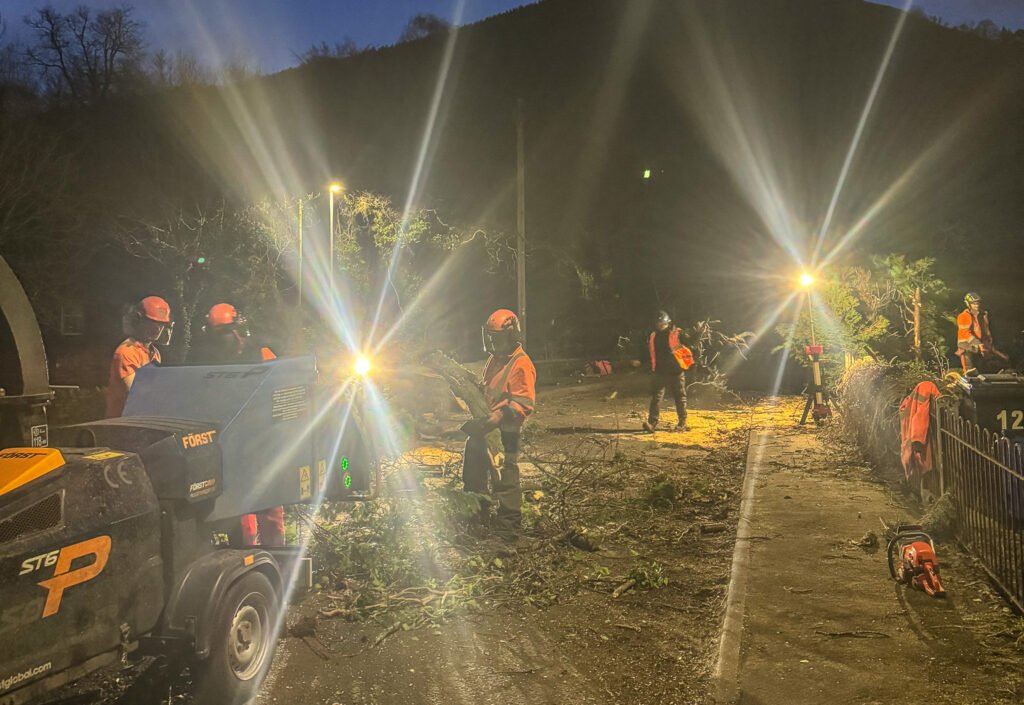
24 Hour Call Out – Emergency Tree Works. This is the season where we tend to get successive storms across the UK and Cumbria in particular. Arborscape have multiple on-call teams to deal urgently with storm damaged trees At Arborscape Environmental Services, we understand how critical fast, professional action is when storm damage occurs. That’s […]
A Helpful Guide to Pruning Pine Trees
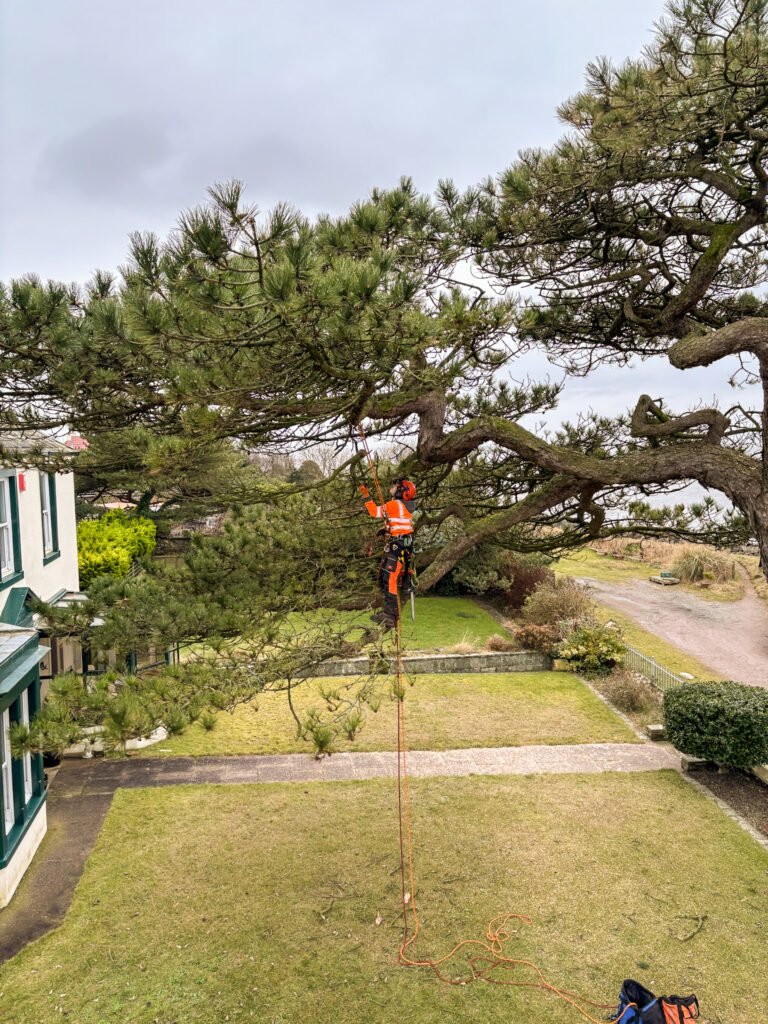
Including Scots Pine (Pinus sylvestris) and Black Pine (Pinus nigra) Pruning pine trees can feel intimidating if you’re used to pruning deciduous trees or shrubs. Pines behave differently, grow differently, and must be pruned differently. Whether you’re caring for a Scots pine, Black pine, or another landscape pine, understanding their growth patterns is essential for […]
A Complete Guide to Pruning Lime Trees (Tilia)
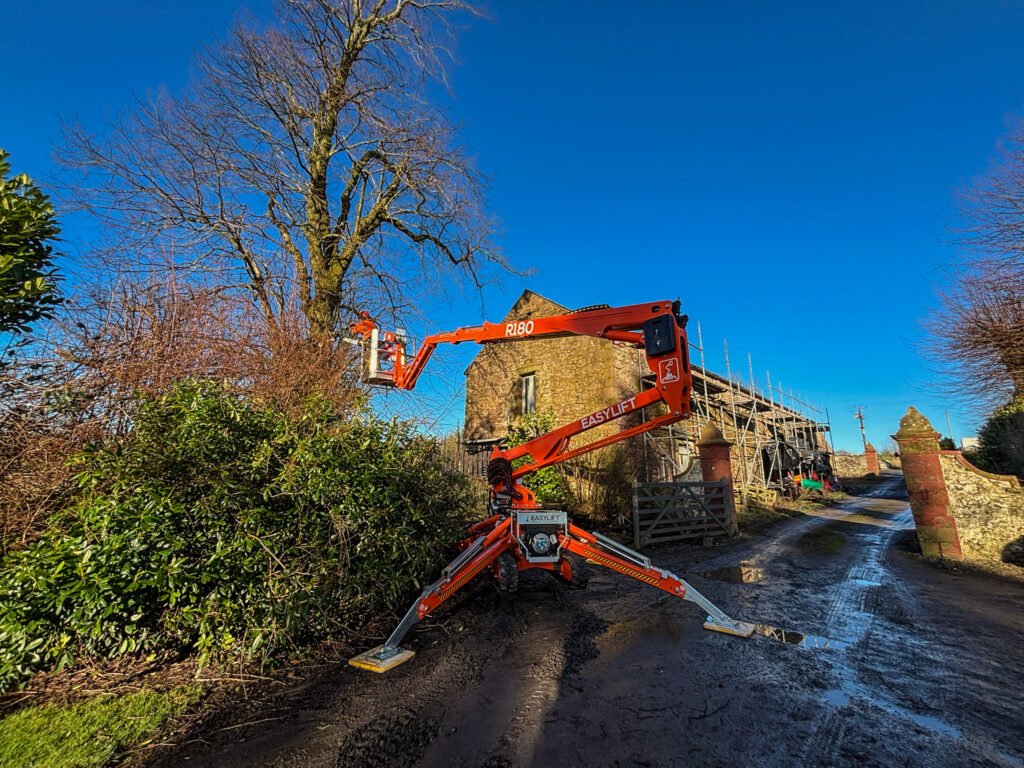
How, When, and Why to Prune Lime Trees for Healthy Growth and Beautiful Shape If you’re looking for a reliable guide on pruning Lime trees (Tilia), you’re in the right place. Lime trees—whether Small-leaved Lime (Tilia cordata), Common Lime (Tilia × europaea), or Large-leaved Lime (Tilia platyphyllos)—are treasured in UK gardens, parks, and streets for […]
Pruning Willows: A concise guide.
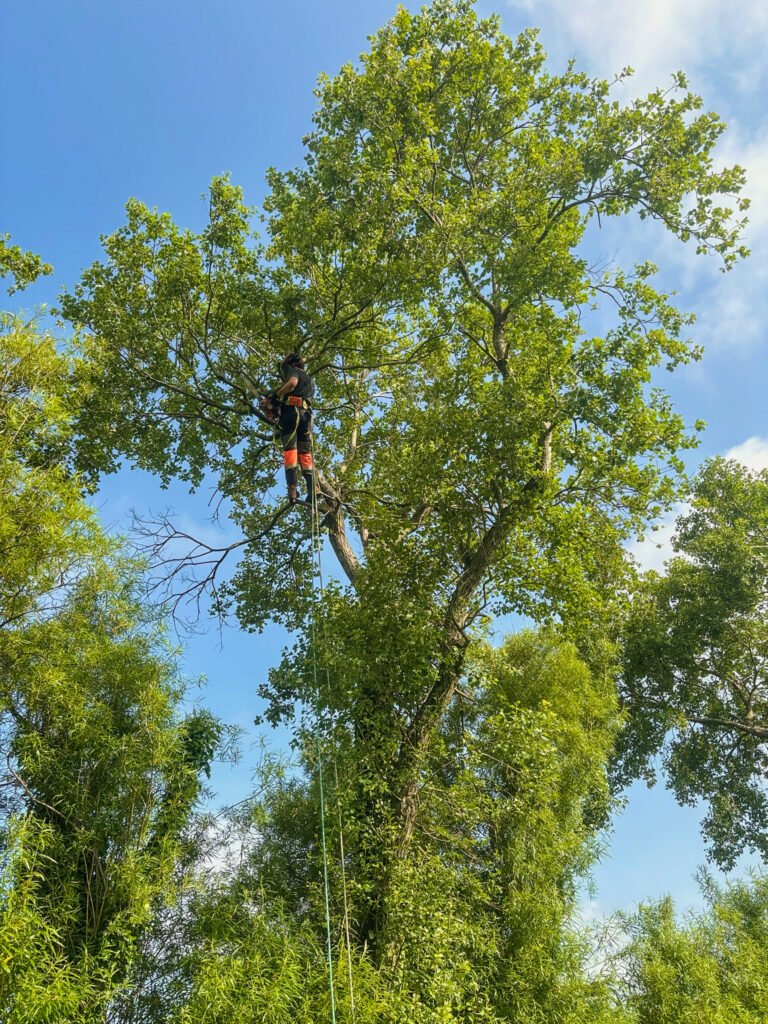
Enhancing Health, Form & Ecology Pruning Willows: Salix spp. are iconic trees known for their graceful, flowing branches and strong ecological value. From the famous weeping willow Salix babylonica to the vibrant Salix caprea, and the towering white willow Salix alba, these trees are celebrated in gardens, parks, and waterside landscapes. Pruning is essential for […]
A Special Guide to Pruning Eucalyptus
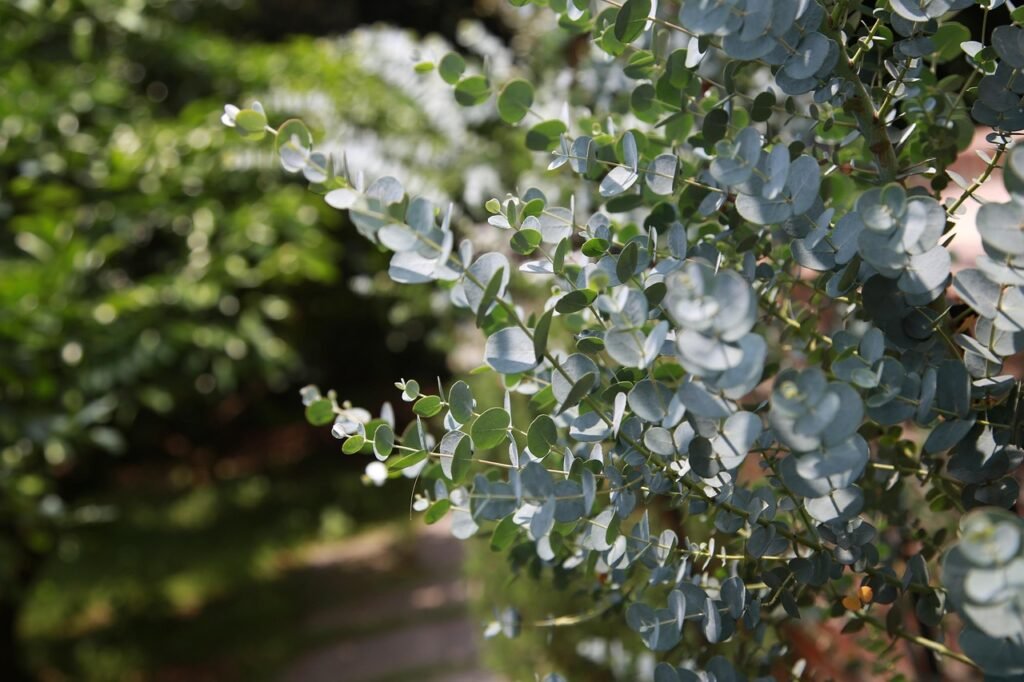
Including pruning Eucalyptus gunnii, globulus, and dalrympleana Eucalyptus trees are increasingly popular in UK gardens thanks to their fast growth, scented foliage, and striking colour. But while their speed and vigour are part of the appeal, they also make regular pruning essential, especially in smaller gardens. This guide covers how, when, and why to prune […]
A Free Guide to Pruning Hornbeam
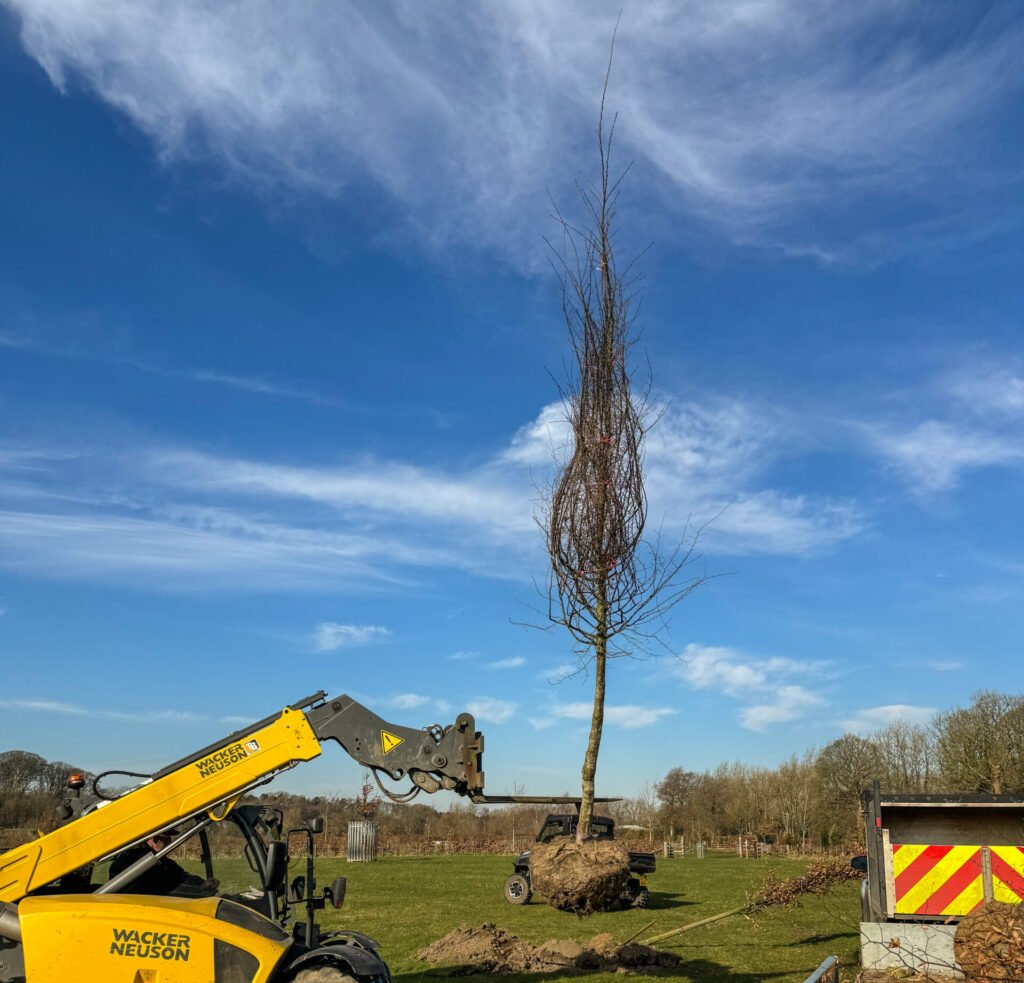
Pruning Hornbeam Trees: Hedging, Pleaching, and Long-Term Care Hornbeam (Carpinus betulus) is a versatile and highly valued tree in gardens and landscapes. From formal hedges to pleached avenues and multi-stemmed specimen trees, hornbeam offers year-round interest with dense foliage, autumn colour, and excellent structure. Pruning plays a crucial role in maintaining its shape, encouraging healthy […]
A Practical Guide to Pruning Leylandii
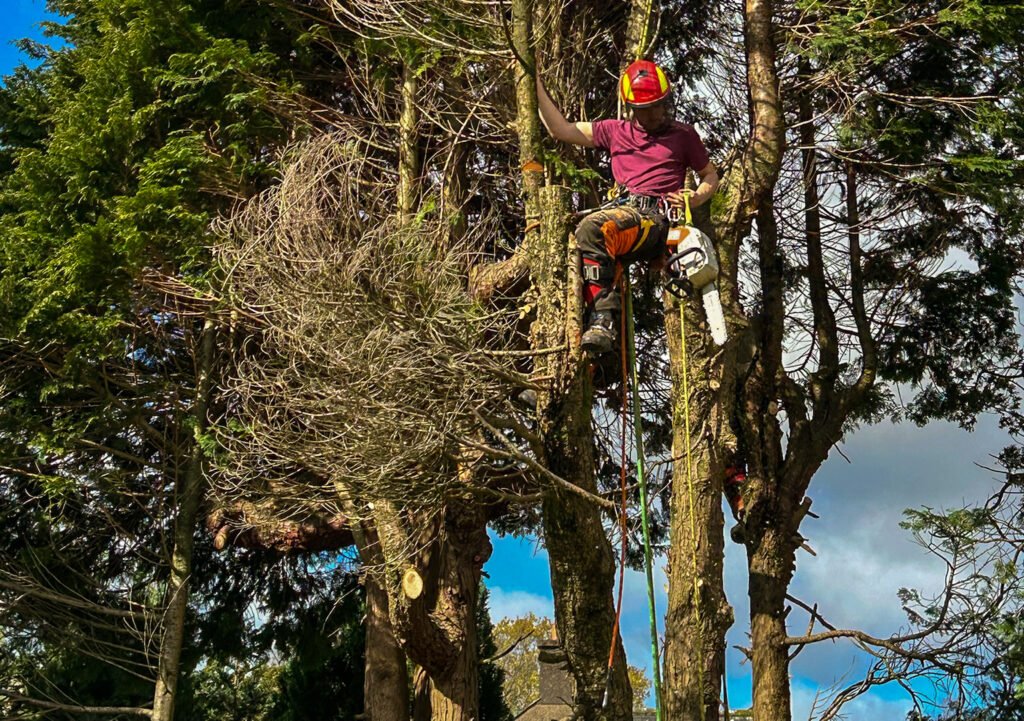
Pruning Leylandii: Managing Growth, Preserving Ecology, and Avoiding Neighbour Disputes Leylandii (Leyland cypress) is one of the UK’s most common evergreen conifers—fast-growing, hardy, and excellent for privacy screening. But its vigorous growth can also make it one of the most controversial trees in domestic gardens. Left unmanaged, a small hedge can soar to 10 metres […]
When and How to Prune Magnolia Trees in Northern England
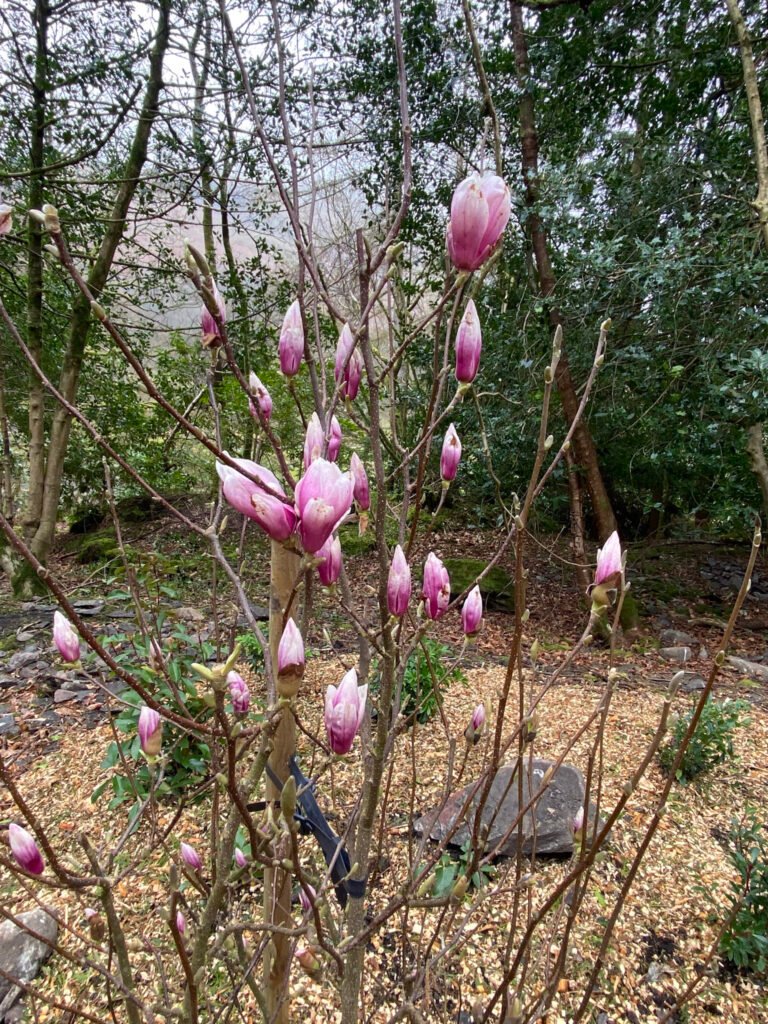
A Practical, Guide for Gardeners in Cool, Northern Climates Magnolias are some of the most breath-taking trees you can grow in the UK, offering spectacular spring blooms and elegant structure. But if you live in Northern England, you may wonder when and how to prune magnolia without damaging its flowering potential. Magnolia pruning must be […]
Winter Tree Safety Works in the Lakes.
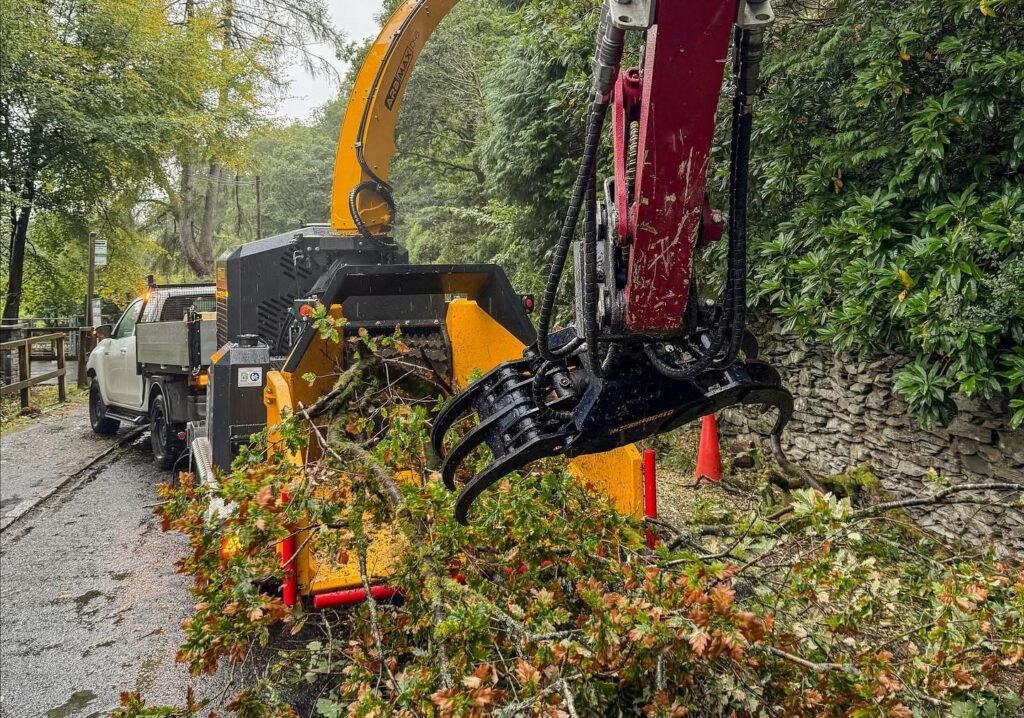
As the golden hues of autumn fade and winter approaches, the Lakes faces a season of high winds, heavy rainfall, and occasional snow. For landowners, estate managers, and local councils in the Lakes, this means one thing: it’s time for winter tree safety works. Whether you’re in Ambleside or Elterwater, Grange or Grasmere, Arborscape has […]
Tree Care Services in Wigton and surrounding areas
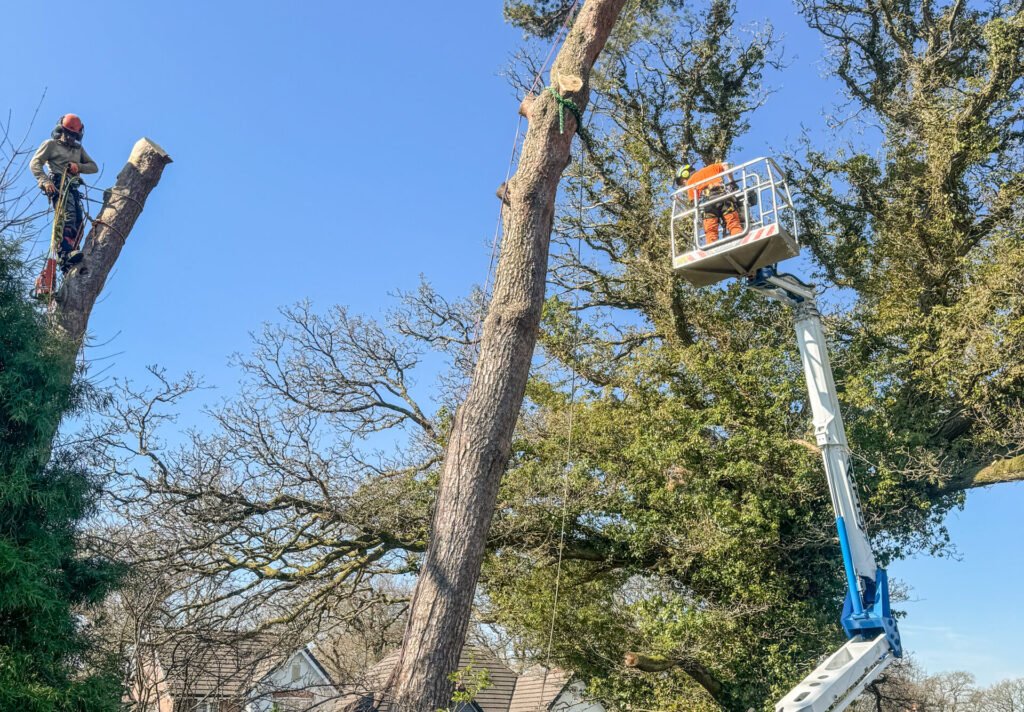
Keeping your landscape safe and beautiful. Looking for expert tree care services in Wigton? 🌳 Arborscape offers professional tree pruning, safe tree removal, stump grinding & emergency storm response. Trees are a big part of Wigton’s landscape — from gardens and farms to roadside trees across the Cumbrian countryside. Keeping them healthy and safe is […]

